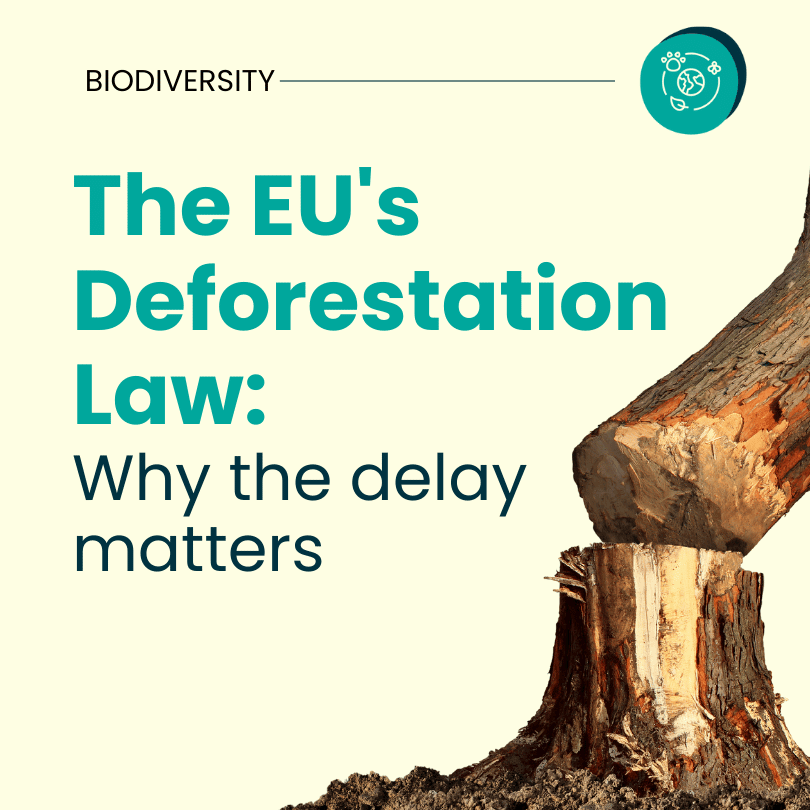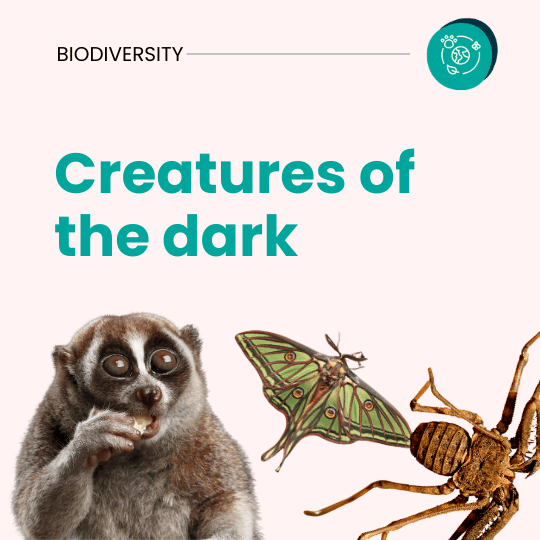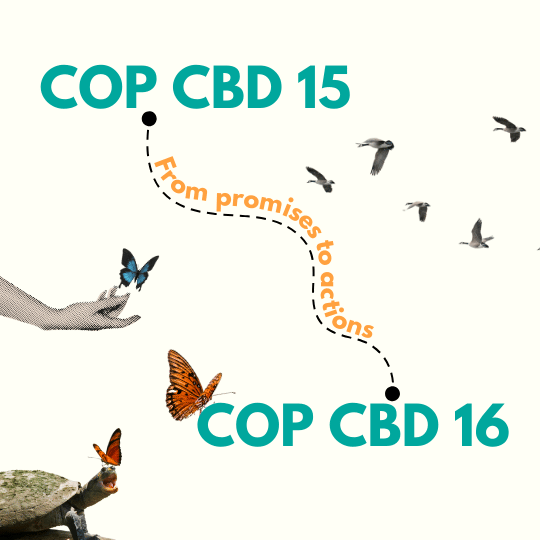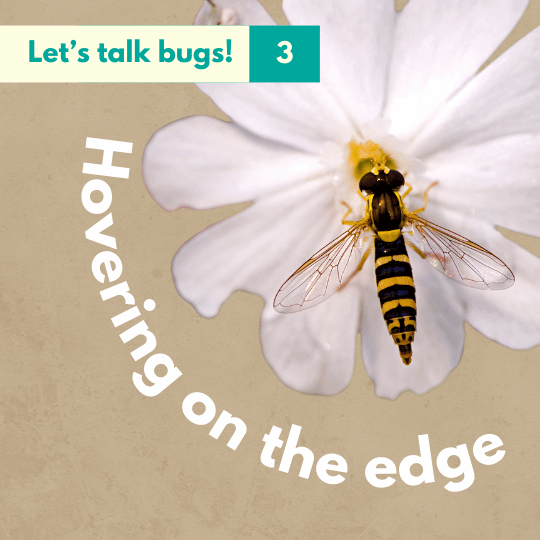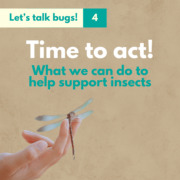
Written by

Emilie Tamo Kamguia
Contents

Share this article
In our last article, we explored the numerous challenges insects face. Fortunately, there are many ways to support their survival. As our series on the world of insects concludes, we turn our focus to the solutions and actions that can help protect these vital creatures.
Let’s first delve into how two of our member organisations – UK Youth 4 Nature (UKY4N) and Jeugdbond voor Natuur en Milieu (JNM) – are actively contributing to insect conservation before giving you some practical steps to follow to take action!
UKY4N: Raising Awareness Through Creative Campaigns.
UKY4N empowers young people in nature decision-making in the UK. In 2022, to celebrate the 60th anniversary of Rachel Carson’s iconic book, “Silent Spring”, they organised a youth insect photography competition, which showcased stunning images of UK insects. The winning photos were displayed at an exhibition at Oxford’s Museum of Natural History.
In their Natural Kingdom: Wild Walls campaign, they included insects in murals across UK cities and towns, highlighting local wildlife in decline. A notable mural featured the beautiful tiger beetle in Liverpool. They also create digital art for social media, organise bee walks and hold online workshops.
As part of the “Not so Freshwater” campaign they even hosted a chemical cocktail bar event in London, highlighting the impact of chemical pollution on insects with youth artwork of a mayfly.
What’s Next?
UKY4N plans to continue their successful initiatives, including the “Your Wild Streets” campaign that will advocate for pesticide-free urban areas in the UK to help pollinators thrive!
JNM: Research and Human-Insect Cohabitation
JNM, based in Belgium, focuses on conservation through hands-on projects. A notable example is their work with the Cellar Beetle (Blaps mucronata), a rare species that was first found in their main secretariat building’s basement in 2006 but then thought extinct after the building was renovated in 2016, disturbing the beetle’s habitat. However, five years later, a fresh dead specimen was found, and after an extensive search, 15 living specimens were discovered.
What makes this beetle so special?
20 to 25 mm in size with pitch-black, with smooth shields and long legs, they require old, not-too-clean cellars with high humidity, stable temperatures, and lots of hiding places. They are now quite rare in Belgium, making JNM’s discovery even more significant. Originally, the Cellar Beetle was found mainly in southern Europe, living in caves and later adapting to human-made cellars.
Inside JNM, a dilemma arose because the beetles were found in the same basement where tents and camp materials were stored, which need to be kept dry. To address this, JNM initiated a survey where beetles were caught, marked, and released back into a more humid basement to better suit their needs.
Taking action: How can YOU help
In your garden:
- Maintain insect habitats: Plant native flowering plants and leave some areas of your garden wild to provide shelter and food for insects. Did you know that branches left on the ground and dead wood are extremely useful and provide micro-habitats for the fauna?
- Create water sources: Provide small, shallow water sources like bird baths or shallow dishes with stones for insects to drink from, especially during hot and dry periods.
- Reduce pesticide use: Minimise or eliminate the use of pesticides in your garden to create a safer environment for pollinators and other beneficial insects.
With your community:
- Support conservation efforts: Get involved with local conservation groups and participate in initiatives like habitat restoration.
- Participate in insect monitoring: Join insect monitoring programs to help scientists track insect populations and health. Your observations can contribute valuable data for conservation efforts
- Advocate for pesticide-free Zones: Work with your local community to create pesticide-free zones in public spaces, such as parks and gardens, to protect pollinators.
- Educate others: Share your knowledge about the importance of insects with friends, family, and the community. Host workshops, give talks, or use social media to spread awareness.
By highlighting these inspiring examples and offering practical steps, we hope to empower you to take action and make a difference in insect conservation. You can help ensure a future where insects continue to thrive and play their crucial roles in ecosystems!
More articles about biodiversity
Our mission
 YEE aims to unite environmental youth non-profit organisations in Europe in order to enhance international cooperation, increase knowledge about the climate crisis, raise awareness of environmental problems and to strengthen participation of youth in environmental decision-making.
YEE aims to unite environmental youth non-profit organisations in Europe in order to enhance international cooperation, increase knowledge about the climate crisis, raise awareness of environmental problems and to strengthen participation of youth in environmental decision-making.
Get in touch
Vinohradská 2165/48
120 00 Praha 2 – Vinohrady
Czech Republic
E-mail: yee@yeenet.eu


Financially supported by the European Youth Foundation of the Council of Europe. The views expressed do not necessarily reflect the official position of the Council of Europe



